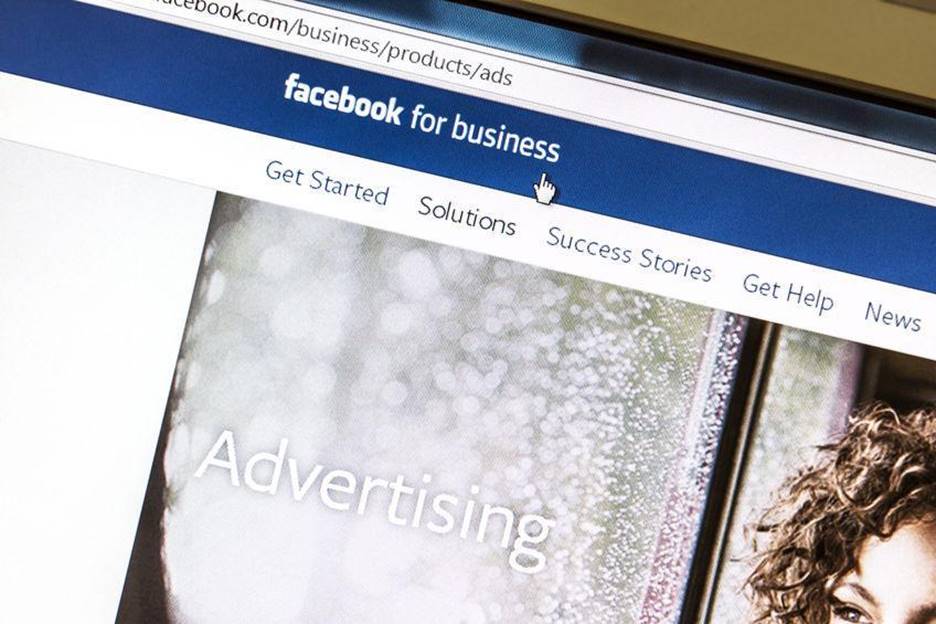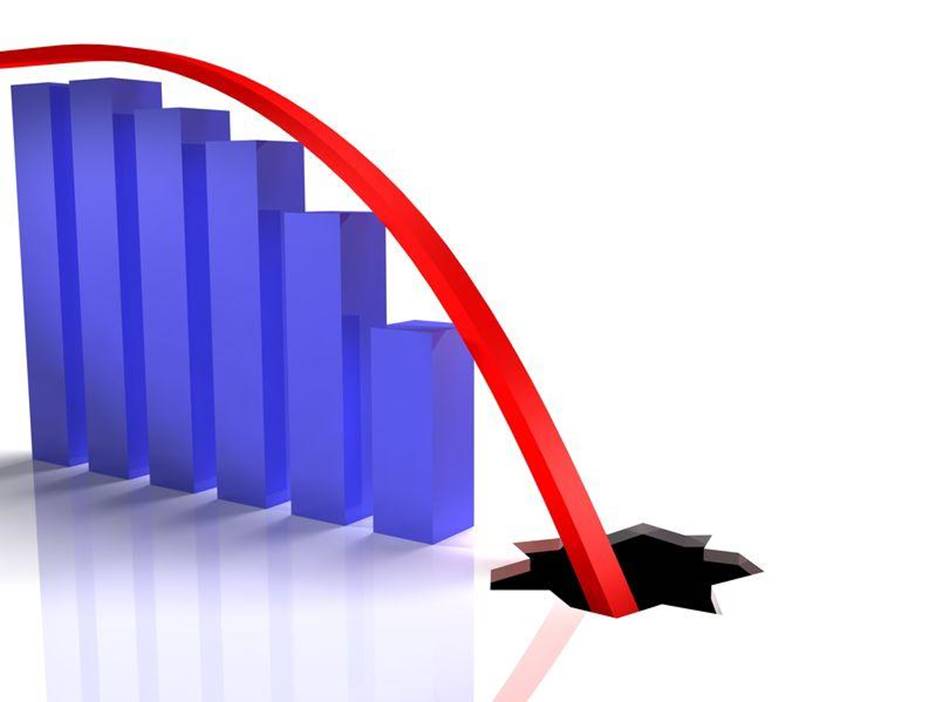
10 Nov 2018 Trends in Facebook Advertising That Extend Your Reach to More Prospects
Facebook has come a long way since its debut in 2004, especially when it comes to the Facebook Advertising platform. Facebook has almost single-handedly turned paid social media marketing into a cornerstone of modern digital marketing tactics.
In the coming year, expect Facebook to continue evolving their advertising capabilities. These evolutions will include new features and shifts in the way businesses will be able to use Facebook ads to reach prospects.
Let’s explore the most important Facebook advertising trends for 2018. By capitalizing on these trends, you can improve your marketing funnel and find more leads than ever in the coming year.
The Importance of Facebook Video Ads
Mobile audiences eat up video more voraciously than ever. Altogether, Facebook users watch over 100 million hours of video a day. That’s right, 1 day!
This demand for video, combined with improvements in video players, has created an explosion in both paid and organic video content.
On average, videos on Facebook get 135% more organic reach than photos.
Your business can potentially improve both its organic reach and engagement on paid posts by creating more promotional assets as videos. Making the switch does not have to be expensive or painful.
With just a few Facebook video ads, you can improve engagement and prospecting. It also creates a longer lasting message since people remember video almost seven-times better than they do text.
More Diverse Ad Types
In addition to video ads, Facebook has been quietly diversifying their ad inventory. Marketers and small business owners can use these ad formats to accomplish specific business goals.
- Dynamic ads can use a single ad template to promote several products or create customized pitches for different segments. These ads maximize relevance and returns while helping you A/B test quicker.
- Carousel ads can use multiple images, multiple offers, or multiple USPs (Unique Selling Propositions) in one go, providing a richer experience and a more compelling CTA (Call To Action).
- Slideshow ads use lightweight video to load faster and intrude less on the browsing experience. They can be a great transition for small businesses looking to create more video.
- Collection ads allow users to browse through multiple products or informational pages in-app. This grows awareness while generating less friction compared to an outbound link.
- Canvas mobile Facebook ad formats, transform your ad from a single video or image into a full screen, scrolling experience. Use them to showcase high-quality assets or to nurture prospects further along in the buy cycle.
- Link ads include a prominent, customizable CTA button to direct prospects to a landing page or offer. They encourage action, increasing conversions.
- Lead ads incorporate a lead capture form directly within the app! We’ll explain the significance of this ad type and similar formats below.
Understanding and maximizing these Ad Formats will be a critical key to success in 2018.
Facebook Likes To Keep People On The Facebook Platform

Ad formats like Lead ads and Collection ads keep audiences in-app as they interact with your brand.
For instance, Lead ads pull up a lead capture form in-app and autopopulates it with information from the users Facebook user profile. This feature dramatically reduces friction in your marketing funnel, encouraging more prospects to convert thanks to the simpler process. You also reduce the number of needed assets by getting rid of certain landing pages.
Because of these abilities, Lead ads can improve conversion rates and make mobile ads more effective for B2B marketers.
Collection ads offer a News Feed experience that drives discovery and attention. When someone clicks on a collection ad, they’ll land on Canvas—a full-screen experience that drives engagement and nurtures interest and intent. Canvas will send people to your website or app, which helps you turn intent into valuable actions downstream.
Understanding Facebook’s goals for their user experience will enable you to get the most out of your Facebook advertising budget.
Paid Advertising Increases (As Organic Reach Nosedives)

Facebook made waves when they announced that they were experimenting with a newsfeed that contained zero organic branded posts. All of this content would be moved to a separate “Explore” feed.
If Facebook implements this change globally, then all branded Facebook Pages will see their organic reach tank.
Even if that doesn’t happen, these pages have already seen dramatic drops in reach over the past few years. With fewer people seeing their content appear on its own, these pages must now resort to funding paid Facebook advertising campaigns in order to generate impressions.
Truth be told: this has been the situation for years. Businesses simply cannot rely on the Facebook algorithm to serendipitously show their content to meet their reach goals. By funding a paid ad or promoted post campaign, you guarantee yourself a sizeable audience.
Even better, you can fine-tune the targeting for your ads to maximize relevance and ROI. Facebook has become much more granular with its targeting features.
You can use these features to weed out audiences who are unlikely to buy your product, increasing your conversion rate and your overall returns.
Ultimately you must embrace paid advertising if you want to continue to reach your target audiences on the platform.
Take Advantage of Facebook Advertising Trends in 2018 and Beyond
By following these Facebook Advertising trends your business can find greater success in reaching your ideal prospects to grow in 2018.
Make sure you combine your Facebook Advertising strategy with other digital marketing practices for maximum gains. Click this link to get more ideas on how to implement a holistic digital marketing system to grow your business exponentially.


